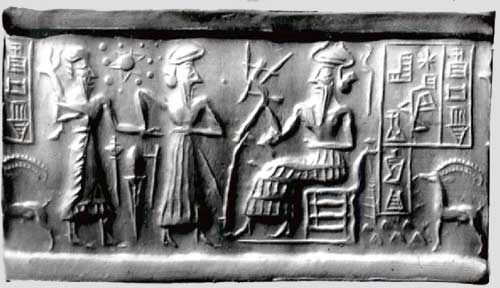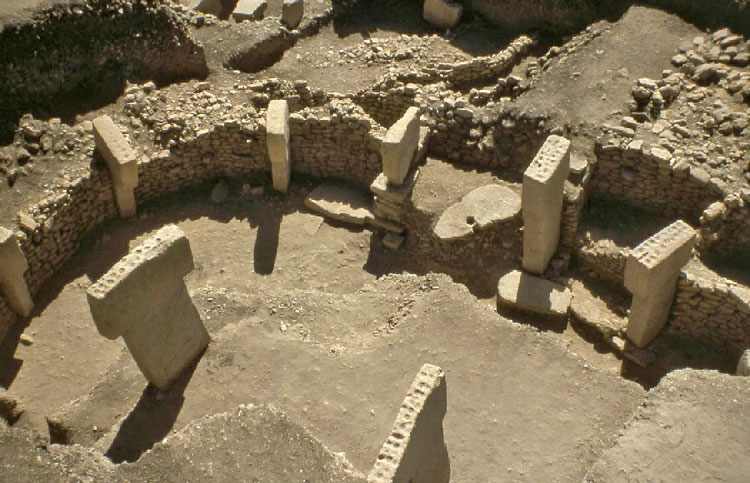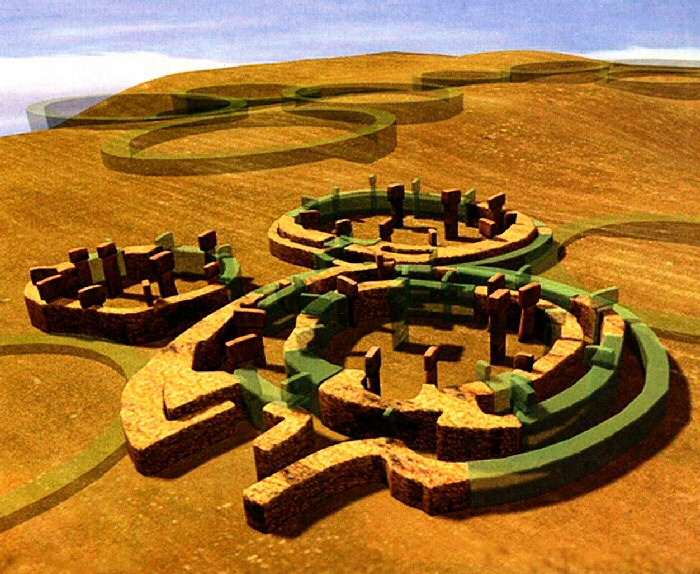Lately i have been reading into the Sumerians a ancient civilization which where based in current Iraq over 6000 years ago, the thing that strikes my interest the most is their obsession with the planet Nibiru or Planet X (nibiru meaning the planet of the crossing), they called it Nibiru because of its 3600 year cycle around the sun and then crossing thru the Asteroid Belt, which the sumerians say was once a planet that Nibiru collided with and destroyed it, Nibiru is the reason, why the Dinosaurs where extint, why we had an ice age, why we had the great flood, when this planet comes within earths range it, changes earths poles and causes mass destruction on the planet, could this be why the mayans ended their calender 2012 because this is when Nibiru comes in contact with earth, cause they were all aware of this planet. The Sumerians beleived that people inhabitated the planet and visited earth and they are the ones that constructed all of earths megalithic structures, for example
YouTube - ‪Wonders of the world, Puma Punku - Cosmic Wakening‬‎
watch this video about puma punku and tell me man made this.
YouTube - ‪Wonders of the world, Puma Punku - Cosmic Wakening‬‎
watch this video about puma punku and tell me man made this.


















Comment